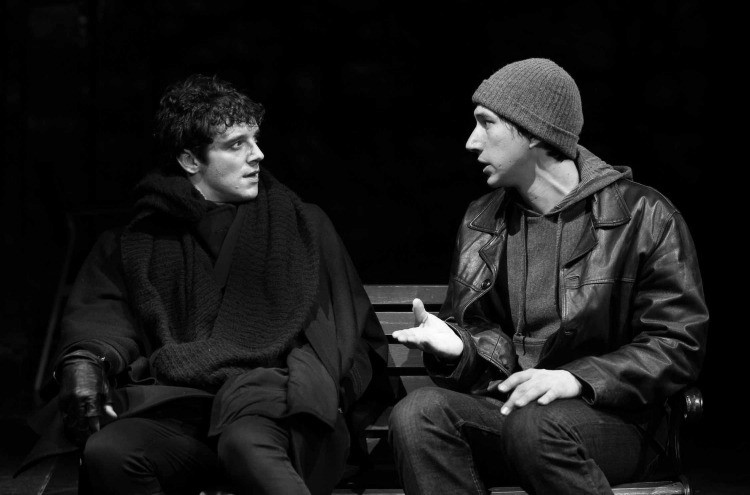This Performance Contains: Trigger Warnings in Theatre

On November 18, the New York Times posted an article by Michael Paulson titled Brace Yourself in Act II: Trigger Warnings Come to the Stage. The article has garnered substantial response from the theatre community, with many criticizing the piece for really only presenting anti-trigger warning voices in theatre.
Trigger warnings in general have been a major topic of debate in recent years. One only has to look to the common use of "triggered" as a joke to see how much the idea of triggering has come into our cultural conversation. But now we are beginning to talk about trigger warnings more specifically through the lens of theatre, and therefore, I have something to say
First things first, I am generally pro-trigger warning. The fallacy I see in most anti-trigger warning arguments is just general misunderstanding of what a trigger actually it is. It is not something that might make someone feel kind of uncomfortable. A trigger causes a flashback to past trauma in a person, often causing people to fall into intense panic attacks.
In other words: no, trigger warnings aren't so special snowflakes can avoid anything that makes them feel vaguely uncomfortable. They exist so that people can make informed decisions for their own health and safety.
Now that we have that out of the way, let's think about this through the lens of theatre. Theatre is distinct from most other mediums in that there are live performers on stage in front of you, acting out events. For most theatre, there is also a sit-down-and-stay-down mentality - you can leave to go to the bathroom in the middle of a movie, but you probably shouldn't do that during a play or musical.
Everything is heightened: you are stuck watching things happening right in front of you. Knowing that it's theatrical and therefore "not real" doesn't erase those feelings.
Lots of theatre deals with uncomfortable subjects. Racism, sexism, sexual assault, violence. That's not going to change. But people should know about these things ahead of time so they do not find themselves having a panic attack while stuck in the audience.
I would imagine that a survivor of sexual assault going into Spring Awakening would appreciate knowing there is a discussion of sexual abuse by parents to their daughters, as well as a simulated sex scene on stage with questionable (at best) consent. That way they can decide whether or not they will be able to experience the show without being triggered.
All of the shows at Carnegie Mellon School of Drama feature content warnings outside of the performance spaces. They are unobtrusive, but thorough so that audiences know what they are getting into. I am fortunate I do not have any triggers, but I acknowledge the presence and the importance of these warnings. I've seen shows featuring violent racism, sexual assault, and pedophilia. I have seen deeply uncomfortable and affecting theatre - even in the very much left-leaning university that most anti-trigger warning people would think would be the cesspool of snowflakes.
As for trigger warnings acting as spoilers? I think that is a terrible argument. If you are prizing your narrative over someone else's health and safety, then they are most certainly not the problem. And if your narrative hinges on surprise violence or rape, then your narrative is most likely at fault as well.
A few weeks ago, I wrote about how the best uncomfortable theatre is the kind that takes care of you enough to let you engage with the uncomfortable topics at hand. If all audiences can take out of a piece is how uncomfortable and shocked they felt, then the piece has most likely failed to convey its message effectively. I think trigger warnings are a simple and effective way to help provide comfort in uncomfortable theatre.
For most of the audience, a glance at the content warning board won't mean much. But for some, those warnings are vital. That is why trigger warnings exist. Uncomfortable topics continue to be the focus of theatrical endeavors, and well they should be - they are often topics that need discussion and exploration. All it takes is a board specifying what a performance contains in a few short phrases to keep everyone safe and engaged.
(Photo by Joan Marcus)




